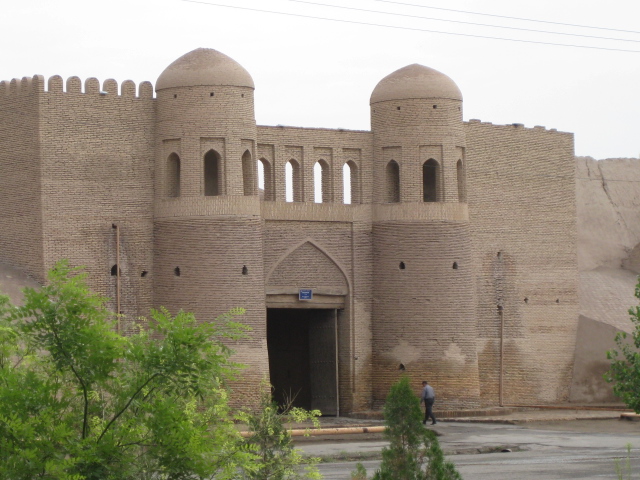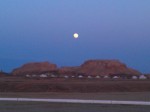Some countries are not seen much in the world news. One of them is Uzbekistan. Land locked in the middle of Central Asia it is the population giant of Central Asia, with more than 30 million people – half of all living in Central Asia.
This blog is a touristic view on a festival.
Once a year Uzbekistan celebrates a great festival of art and culture, every year in a different place. Last year I had a chance to watch, as many other tourists. What an experience!
Last year the festival took place in the Karakal-Pakistan, the Aral Lake district, this year in Navoi district, first weekend of May.
Some impressions from last year´s festival:
With majestic calmness a camel was waiting to be the first price of a horse race. It was not even impresed, when
a man did jumps on a high rope – and no safety net. The artist felt safe even when it was dark, walking with small lights on his bar.
Cooking Sumalaik, a naturally sweet dish prepared from wheat seeds, needs a long procedure. Here it is cooked on open fire and then covered with a lid to rest for several hours. The exciting moment is when the lid is lifted…Will it come out right?
Horses were racing, cocks fighting, sheep smashing their heads to fight – lots of typical games not practised in Europe. Heavy weight ringers and muscle packed men lifting iron balls contrasted to
amazing dancers, turning around to Uzbek music, their colorful costumes swaying in the wind of the desert. Each region has its own music, slightly different from their neighbors, and its own costumes.
Jurte – a traditional house or tent, still to be seen here and there, is a welcome shelter from burning heat with 40° C and more in the middle of the Karakal desert in May. Shades are short, and days are very hot. Water is the only really important thing you need – and sun protection.
Several thousand people from all corners of Uzbekistan, some of the walking, riding, travelling, up to 14 hours to see the festival. Also tourists from Europe and US were there. The scene was impressive, hundreds of people sitting in front of the remains of the huge old sand and clay fortress, washed down in several hundred years by wind and sun and rain. Empires gone with the wind. History.










